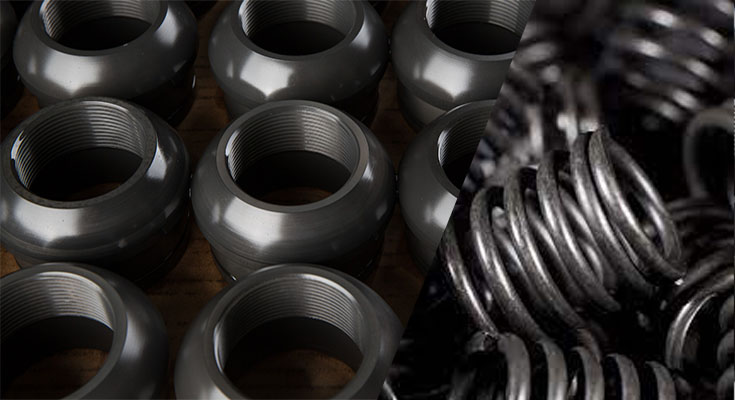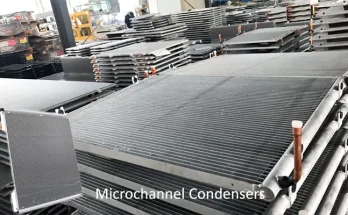If you want to improve corrosion protection beyond what you would normally get with stainless steel, you can use displacement or water-soluble oil for that. Zinc phosphates are also used for anti-galling purposes to change the friction of the mesh parts. Decorative applications are more for aesthetic appeal or for the presentation of the piece at the point of sale.
The thermal desorption spectra for Zinc Phosphate coated samples thermally immersed in PAO / ester, with or without the black oxide layer removed during ADD. The sample thermal desorption spectra covered with Zinc Phosphate without thermal immersion with the coating removed before ADD was included in the figure for comparison. A significant amount of hydrogen was detected if the oxide layer during ADD is not removed after thermal immersion in PAO / ester. Minimal hydrogen is detected after thermal immersion when the oxide layer is removed before ADD. With the oxide layer removed during ADD, the hydrogen detected in the black oxide-coated sample without thermal immersion is greater than that experienced by thermal immersion. The Zinc Phosphate process is alkaline in nature and supports ferrous metals, tool steel, and powdered metals.
If the part contains some oxide or if the bowl is present in the part, it must be cleaned with alkaline peeling or acid pickling before the process can take place. When the fasteners are immersed in the materials of the black oxide bath, the aggressive chemical components convert the top layer into magnetite. Zinc Phosphate stainless steel nut bolts and rings are the most common form of Zinc Phosphate bra available.
The wax coating can overshadow the color of the treatment but offers the best resistance. Iron on the metal surface reacts with the compound and becomes magnetite, which forms a porous layer on the metal surface. The corrosion resistance of the Zinc Phosphate finish is derived from this hub effect coating that penetrates the porous layer of magnetite. This process is suitable for 300 and 400 stainless steel series and other low-carbon to medium-sized steel alloys.
Priest both for the corrosion resistance of stainless steel with the additional advantages of Zinc Phosphate treatment. The blackening at room temperature for stainless steel takes place by a self-catalytic reaction of the copper selenide tank on the surface of stainless steel. It offers less wear resistance and the same corrosion protection as the hot blackening process. An application of Zinc Phosphate for blackening at room temperature is in architectural finishes. Figure 2 shows that the hydrogen desorption rate decreases to about 700 minutes, but this is due to the temperature drop. This result indicates that the black oxide coating process caused a small amount of hydrogen absorption with the current sample size and that the black oxide layer prevents hydrogen desorption





